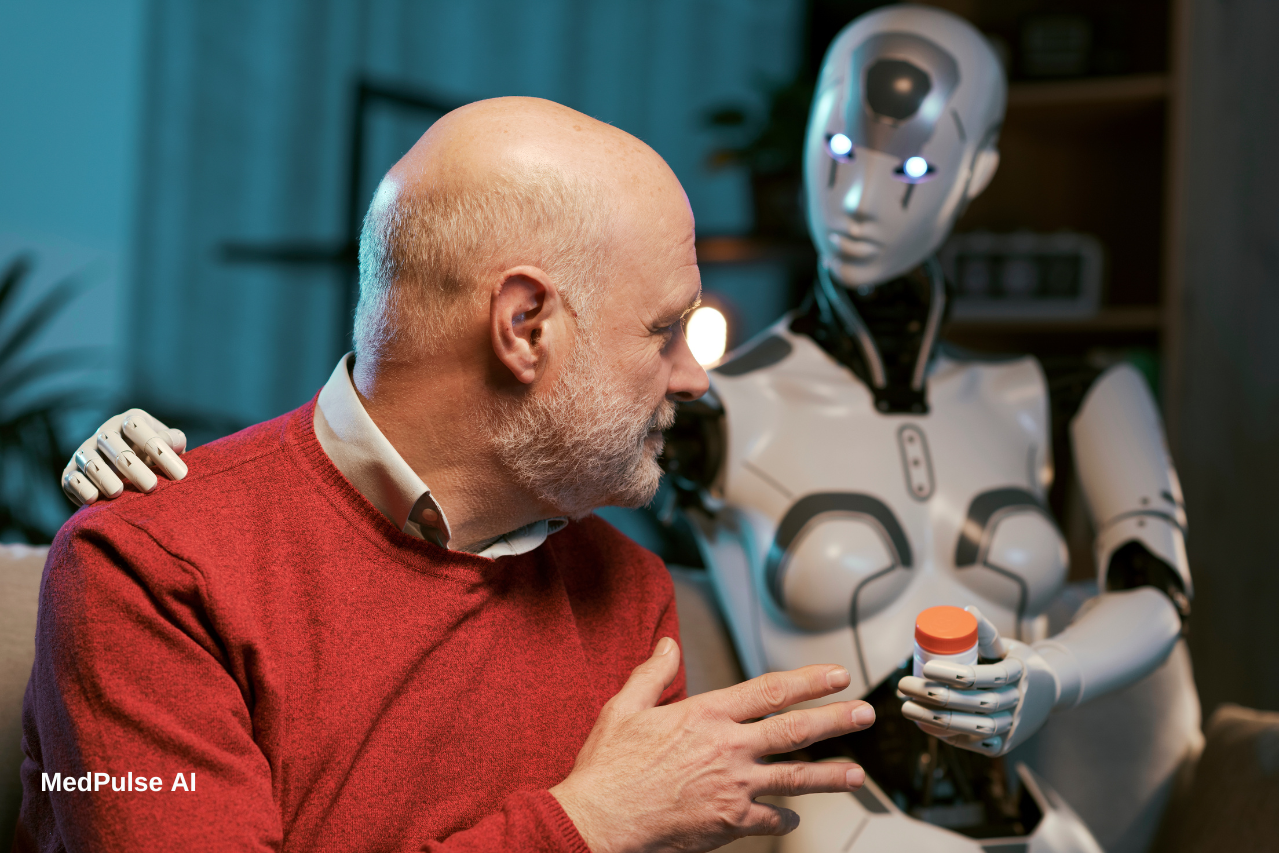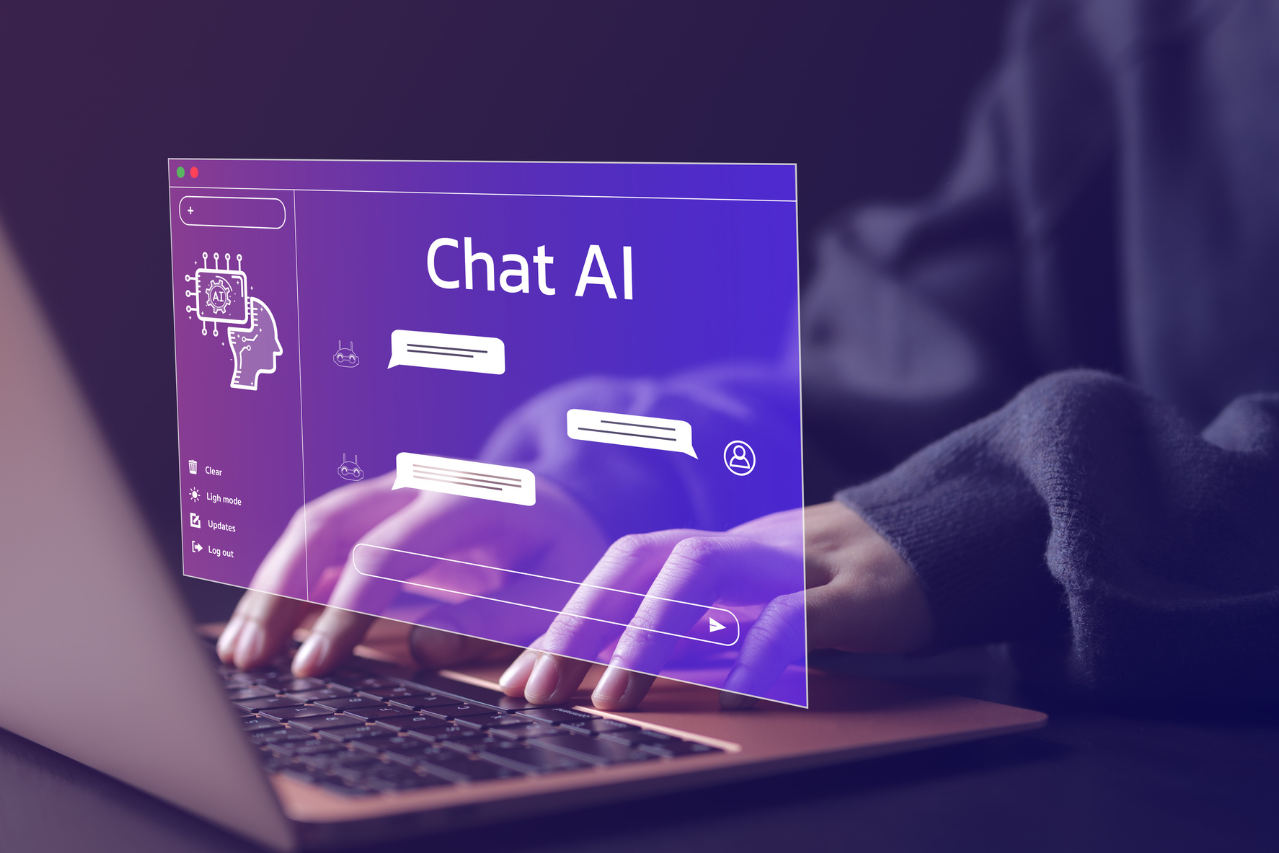Boston, MA — Inside the controlled chaos of the nation’s busiest emergency departments (EDs), physicians and nurses are quietly testing a new kind of teammate: artificial intelligence. As hospitals grapple with record levels of clinician burnout, staffing shortages, and relentless patient surges, AI is being piloted to streamline one of the most taxing tasks in emergency care—creating accurate, comprehensive medical records.
Across the United States, health systems such as Boston Medical Center, Cedars-Sinai, and Stanford Health Care are among those rolling out AI-powered tools aimed at easing the cognitive and administrative burdens faced by emergency clinicians. From AI scribes that transcribe patient encounters to intelligent decision-support systems, these technologies are reshaping how frontline care is delivered—and documented.
The urgency for change is hard to ignore. According to a 2023 survey by the American College of Emergency Physicians, more than 60% of ED clinicians reported moderate to severe burnout, often driven by documentation pressures and electronic health record (EHR) demands.
“In the emergency department, every second counts. But much of our time is spent typing, clicking, and charting,” said Dr. Laura Kim, an emergency physician at a major New England hospital. “AI can help us reclaim that time for patients.”
Hospitals hope that AI-powered systems can both improve documentation accuracy and reduce after-hours administrative work, which has been linked to rising mental health concerns and workforce attrition among ED clinicians.
Among the most widely tested solutions are ambient AI scribes—natural language processing (NLP) tools that passively capture patient-physician conversations and generate draft clinical notes. Companies such as Nuance (a Microsoft company) and Suki AI have deployed such systems in select EDs, where they are designed to integrate directly into existing EHR platforms like Epic and Cerner.
“We’re seeing time savings of up to 30% per shift with ambient scribing,” said Dr. Andrew Stein, a clinical informaticist at Cedars-Sinai Medical Center. “Physicians can review and approve notes in a fraction of the time it takes to create them manually.”
Other tools include AI-driven triage support, which helps prioritize patients based on severity and historical data, and predictive models that flag high-risk conditions like sepsis earlier in the diagnostic process.
While alleviating clinician burden is a key motivator, many hospitals are also looking to AI to enhance medical record quality. In emergency settings, documentation gaps or errors can lead to miscommunication during patient handoffs and downstream care delays.
“AI helps standardize how information is captured,” explained Dr. Kim. “When a patient is transferred to the ICU or admitted, everyone is working from a clearer, more complete picture.”
Preliminary data from pilot programs show AI-generated notes often include more structured and clinically relevant information, with fewer missing data fields compared to human-only documentation.
The push to deploy AI comes against a backdrop of increasing concern over the well-being of emergency physicians and nurses. The National Academy of Medicine has described clinician burnout as a “public health crisis,” with emergency departments often the hardest hit.
“ED clinicians operate at the intersection of high patient volume, unpredictable acuity, and relentless time pressure,” said Dr. Brian Myers, an emergency medicine specialist and healthcare workforce researcher. “Documentation burden exacerbates feelings of inefficacy and emotional exhaustion.”
AI is being positioned as a tool to reduce “pajama time”—the hours clinicians spend completing charts after shifts end, often at home. A 2024 Stanford Medicine study found that emergency physicians using AI scribes reported a 40% reduction in after-hours charting.
The United States isn’t alone. In the United Kingdom’s National Health Service (NHS), hospitals such as St. George’s University Hospitals are piloting similar AI documentation tools. In Australia, emergency departments in Sydney are experimenting with AI-based clinical decision support to reduce errors during peak patient hours.
Globally, health systems are increasingly turning to AI not only to improve workflow but to address a growing shortage of emergency care providers. The World Health Organization predicts a shortfall of up to 18 million health workers globally by 2030, amplifying the urgency for scalable digital tools.
Despite the optimism, experts stress that AI in emergency care is no panacea. Risks include model bias, over-reliance on automated documentation, and potential legal uncertainties regarding AI-generated notes.
“AI is only as good as its training data and integration,” said Dr. Olivia Grant, a digital health ethicist at Johns Hopkins. “There must always be clinician oversight to validate and contextualize what AI outputs.”
Regulatory bodies like the FDA and international health agencies are also closely monitoring how AI systems affect clinical workflows and patient safety. Hospitals implementing these tools emphasize human review remains essential.
As AI models mature, hospitals are expanding pilot programs into other high-intensity settings like intensive care units and urgent care clinics. Meanwhile, researchers are exploring how conversational AI might soon assist patients directly—providing discharge instructions or facilitating follow-up care planning.
For now, many ED clinicians view AI as a valuable co-pilot in a demanding environment.
“We’re still learning how to balance automation with the human touch,” Dr. Kim noted. “But the hope is that AI frees us to spend more time doing what matters most—caring for patients in their moment of crisis.”




